Low Impact Development (LID)
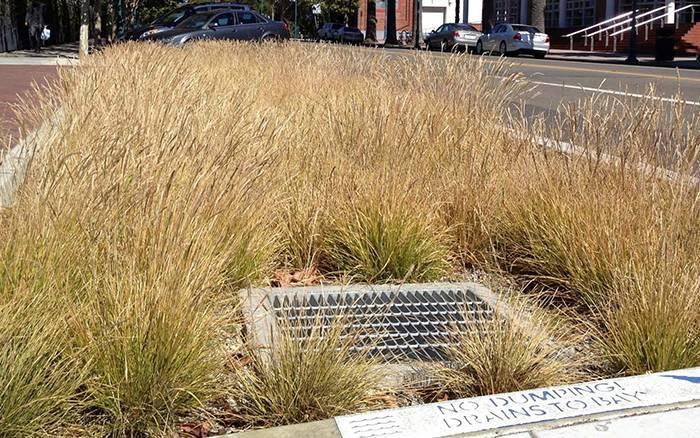
Low Impact Development (LID) techniques imitate natural processes to help rainfall absorb into the ground instead of becoming stomwater runoff requiring culverts, pipes, and basins

MS4 includes all municipal stormwater pipes, ditches, and other infrastructures which convey (transport) stormwater from municipal streets and developed areas and discharges the stormwater into local rivers and streams. Stormwater runoff is transported by municipal separate storm sewer systems (MS4s) and ultimately discharged into local rivers and streams.
Pollutants can enter the MS4 system and be discharged without treatment. EPA’s Stormwater Phase II Rule establishes an MS4 stormwater management program that is intended to improve the Nation’s waterways by reducing the quantity of pollutants that stormwater picks up and carries into storm sewer systems during storm events. Common pollutants include oil and grease from roadways, pesticides from lawns, sediment from construction sites, and carelessly discarded trash, such as cigarette butts, paper wrappers, and plastic bottles. When deposited into nearby waterways through MS4 discharges, these pollutants can impair the waterways, thereby discouraging recreational use of the resource, contaminating drinking water supplies, and interfering with the habitat for fish, other aquatic organisms, and wildlife.
Polluted stormwater runoff is commonly transported through municipal separate storm sewer systems (MS4s), and then discharged, untreated, into local water bodies. (Epa, NPDES)
The universe of regulated small municipal separate storm sewer systems (MS4s) in urbanized areas expands every 10 years, according to the 1999 stormwater Phase II final rule. A “small MS4” is any MS4 not already covered under Phase I of the NPDES stormwater program. (EPA, Urbanized Areas)
Distributing educational materials and performing outreach to inform citizens about the impacts polluted stormwater runoff discharges can have on water quality and providing opportunities for citizens to participate in program development and implementation, including effectively publicizing public hearings and/or encouraging citizen representatives on a stormwater management panel. Find out more ideas about education outreach and public participation. Find out more ideas about education outreach and public participation.
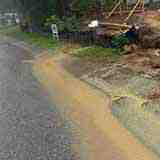
Developing and implementing a plan to detect and eliminate illicit discharges to the storm sewer system (includes developing a system map and informing the community about hazards associated with illegal discharges and improper disposal of waste). Find out more ideas about developing and implementing IDDE.
Develop, implement, and enforce an erosion and sediment control program for construction activities that disturb 1 or more acres of land (controls could include silt fences and temporary stormwater detention ponds). (EPA Factsheet)
MS4s should encourage the development of post-construction stormwater management to minimize pollutants in new and re-developed areas. Both private and public stormwater facilities must be inspected and maintained and ordinances that require facility maintenance must be put in place. Learn more about post-construction facility maintenance.
Develop and implement a program with the goal of preventing or reducing pollutant runoff from municipal operations. Include municipal staff training on pollution prevention measures and techniques such as regular street sweeping, frequent catch-basin cleaning, and reducing the use of pesticides and street salts.
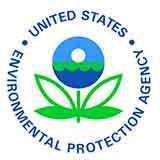
EPA has released a draft guide, toolkit, and technical assistance to promote comprehensive, community-wide planning approaches to manage stormwater.
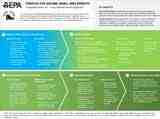
This chart describes the process for developing and administering small MS4 general permits for permit writers using either the comprehensive (one-step) or two-step approach. Includes flow diagram with key concepts and tips for issuing permits consistent with MS4 Remand Rule Regulations.

Low Impact Development (LID) techniques imitate natural processes to help rainfall absorb into the ground instead of becoming stomwater runoff requiring culverts, pipes, and basins
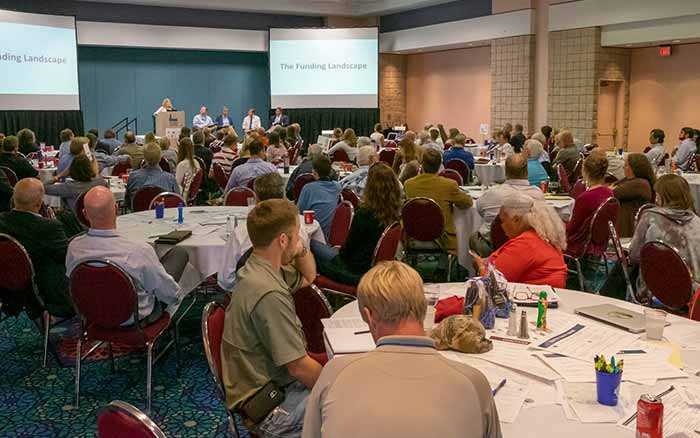
Distribute educational materials and performing outreach to inform citizens about the impacts polluted stormwater runoff discharges can have on water quality.
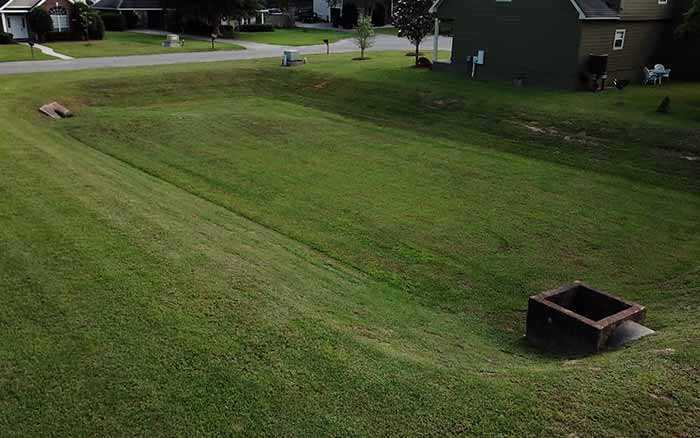
Regularly inspecting and maintaining detention ponds and other post-construction stormwater elements can prevent problems and improve water quality for everyone’s benefit.
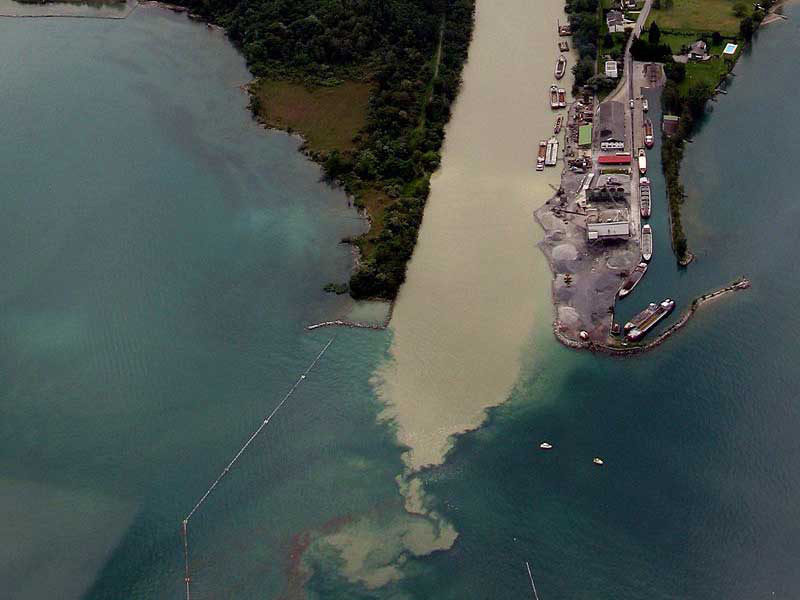
When water rushes off hardened surfaces, erosion of sediments degrade water conditions and smother and disrupt seagrass growth and the habitat for benthic organisms they provide.
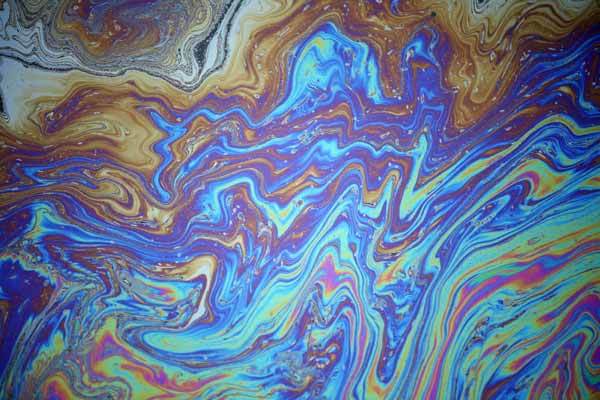
Compounds like oil, grease, and heavy metals take a long time to break down and threaten the health of both aquatic and human life.
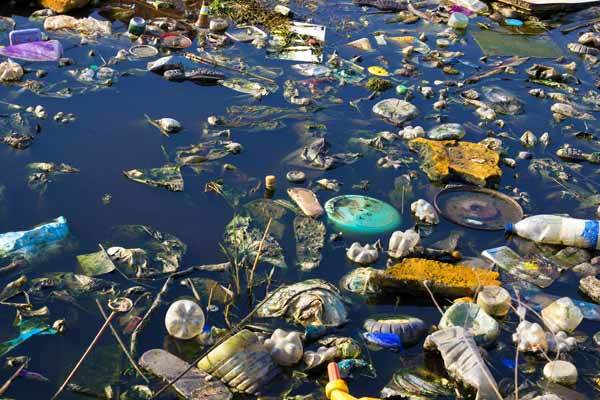
Litter is not only unsightly, but it also causes a variety of problems to the ecosystem as it enters our waters where it is often is mistaken for food by fish and invertebrates.
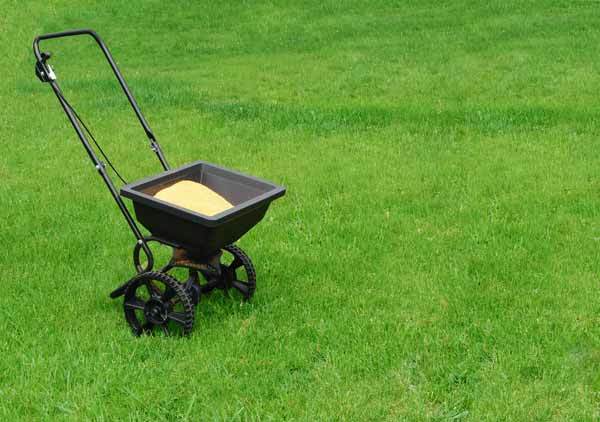
Too much fertilizer, pet waste, and other nutrients in our water often lead to serious problems like lowering dissolved oxygen levels, preventing seagrass growth, and killing fish.
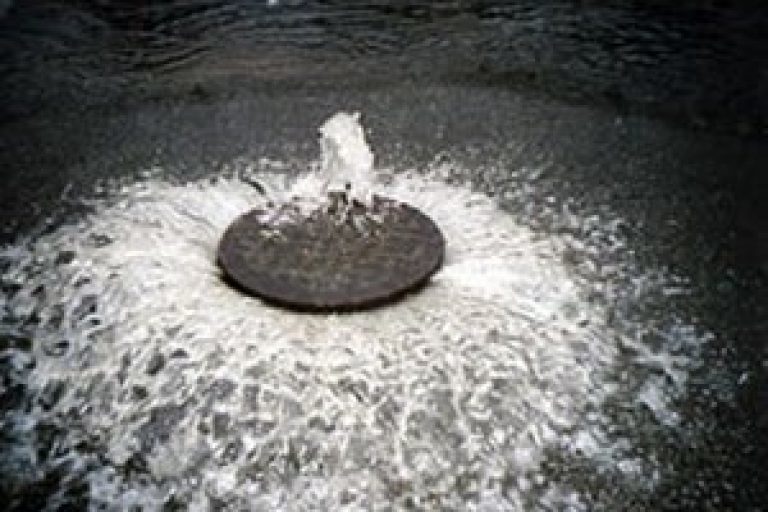
Disease-causing microorganisms, including bacteria, viruses, and other single-celled organisms, are referred to as pathogens, some, like Salmonella, cause human health problems.
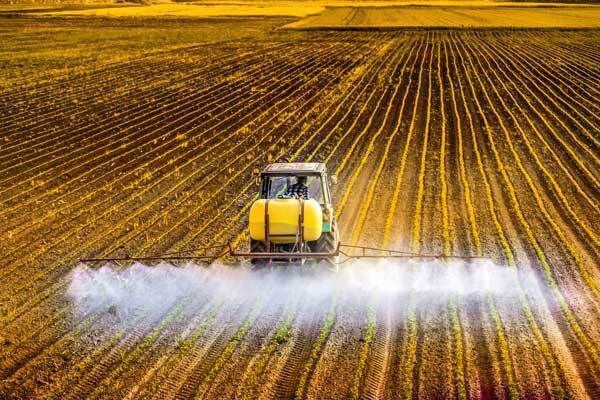
While pesticides are designed to be toxic to certain organisms, they can often be harmful and kill other species in the marine system that are important for the entire ecosystem.